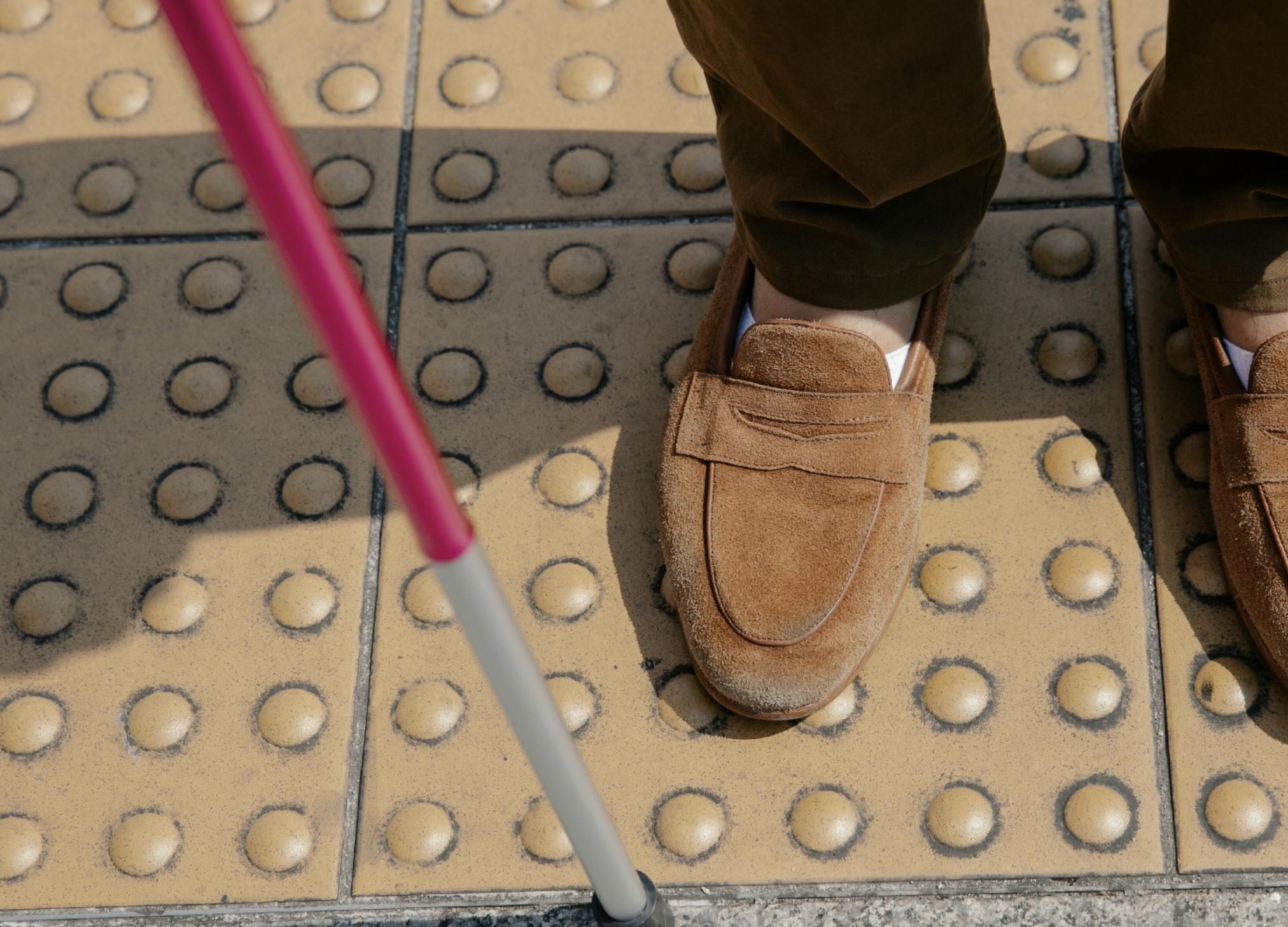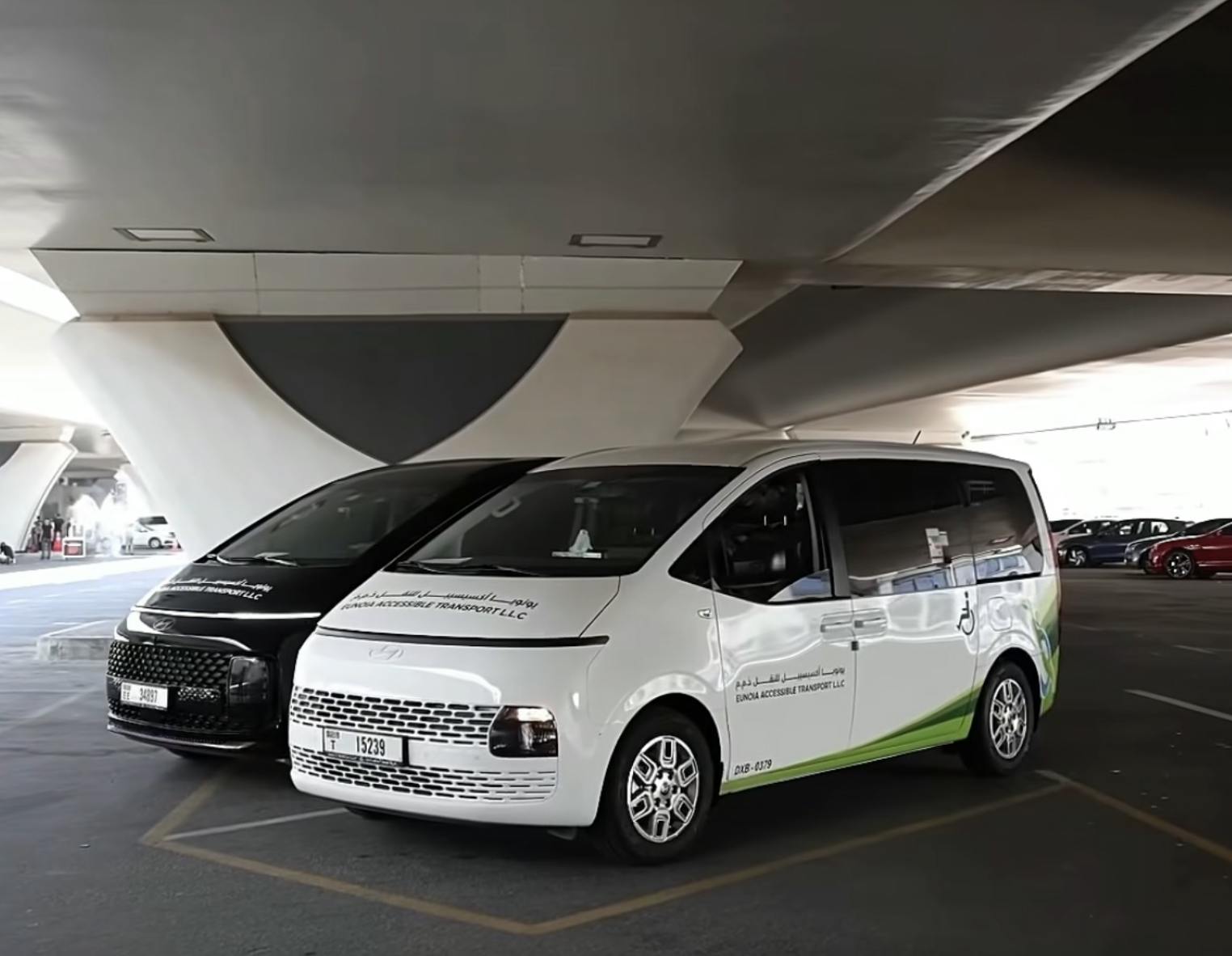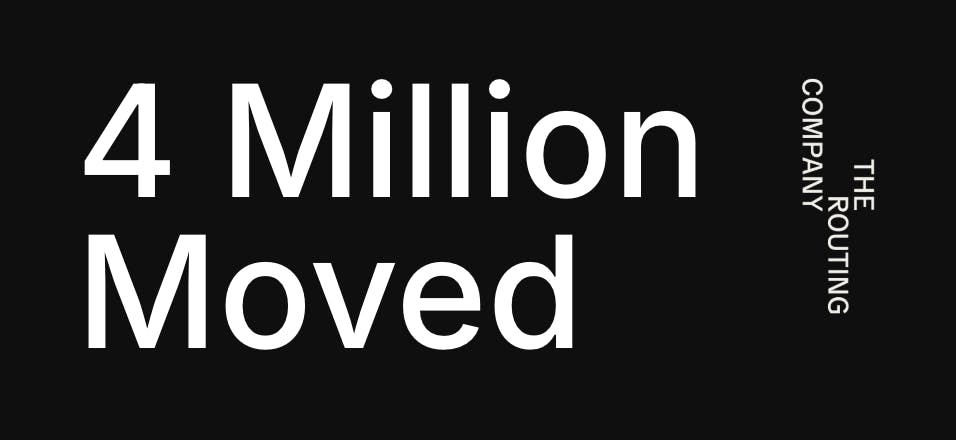
Today’s paratransit model is broken. Why are we doubling down on it?
In this article, Stephen shares his vision for a bold new future of accessible transit, and how we are closer to same-day service than you think.
TRC extends appreciation to Christian Kent, Ron Brooks, and Dick Alexander for their contributions to this article.
We can all agree that high-frequency fixed-route transit is the backbone of any public transit network. And, if you’re like most transit agencies, you’ve invested millions into making fixed-route networks accessible with features like low floor buses, accessible bus stops, and priority seating. And yet – the people who benefit most from these investments often can’t get to a bus in the first place.
ADA Complementary Paratransit was created to solve inequity in transit accessibility, but what has actually transpired is the creation of a second transit system (for a brief history lesson, see this study from the U.S. Government Accountability Office). But despite best intentions, this second-system paratransit service is simply not equitable. This inequity is also incredibly costly to deliver — and it’s only getting costlier as the population continues aging in place.
Today’s paratransit model is neither equitable nor cost-effective.
The aspects of this broken model this are well-known and long-standing in our industry (well outlined in this New York Times article from 2013):
Today’s paratransit is inequitable:
- Unequal spontaneity for riders (day-ahead booking instead of 15 minute headways)
- Disenfranchising eligibility procedures (with complex certification processes)
- Unequal fare rules (up to double the fare of fixed-route)
And, it is inefficient:
- Duplicative operations structures (often with conflicting internal priorities)
- Distinct fleets (often with distinct labor rules)
- Limited economy of scale (low-capacity trip matching due to trip patterns)
North America’s premier group of leaders in accessible transit, the APTA Access Committee, puts it succinctly: "Paratransit is the only mode where more ridership is a bad thing.” While this is framed in terms of its cost-per-passenger, this truth has led to disenfranchisement (such as deliberately complex certification procedures) that disincentivizes ridership.
Instead of finding ways to efficiently connect people with disabilities to the accessible fixed-route network we’re all so proud of, we’ve pushed these riders into a second-rate second system. Then, in response to riders’ pleas for equitable travel outcomes (such as same-day service), we’ve taken one look at the second system’s staggering operating costs, collectively shrugged our shoulders, and said, “Sorry, these are the rules.”
Paratransit riders want and deserve better.
Thirty years ago, network design was radically different: fixed-routes were largely inaccessible, and anyway there was no effective way to connect people with disabilities to the fixed-route. Second-system paratransit was the best solution of its era: a compromise between accessibility advocates and the transit economy. By forcing day-ahead bookings, costs could be somewhat controlled while buying time for fixed-routes to become accessible.
But the landscape is different today. Fixed-route transit is remarkably accessible (which is why travel-training programs in Los Angeles have a 50% retention rate after 5-years), and their designs are now striving for 15-minute headways on arterial routes. Same-day first/last-mile (“FMLM”) connections with microtransit are prevalent and proven nationwide, and second-system riders are opting into these services (such as in Fairfield, California, where up to 50% of riders have converted to cost-effective same-day solutions).
These behaviors prove there is appetite for change. But we can’t just take data’s word for it: see how Ron Brooks’ astutely lays out the importance of consulting today’s paratransit riders in our network design. Don’t be mistaken, this is a matter of network design. We have focused on lowering headway across the network, except in one mode. It’s time we stop treating paratransit as the “other” mode.
The argument against same-day paratransit is its cost. Second-system paratransit is expensive because trips are often single-occupancy and span several miles. These systems have not benefited from economies of scale like fixed-routes have. So, critics of improvement will argue, “Paratransit costs are too high, why should I expand it?”
What we should be asking instead is: “How can I offer my riders a new model of paratransit that doesn’t suffer from today’s inefficiencies?”
Paratransit can be cost-effective. The secret is in the fixed-routes.
What if, instead of doubling down on an unscalable second system, we simply found a way to bridge the critical mobility gap? After all, what could be more equitable and cost-effective than a fully accessible single system? (This isn’t a new idea: see Christian Kent’s brilliant take from 2023)
What if we made accessible fixed-routes actually reachable?
- What if any person with a disability could get to your fixed-route network within 20 minutes?
- What if a rider’s first and last miles were linked to the bulk of the journey through accessible, seamless transfers?
- What if your fleet could drive more riders ¾ mile, and fewer riders 10+ miles?
- What if your fixed route fleet and microtransit fleet could share the load?
- And most importantly, what if today’s paratransit riders could opt into this?
Here’s what I predict will happen:
- At least half of today’s paratransit riders would opt into such a service (as demonstrated in Fairfield California). Spontaneity is worth it.
- As a result, the occupied mileage of today’s mobility fleet would drop by 50%.
- Then, the size of the fleet dedicated to traditional second-system paratransit would be halved.
- Significantly more vehicles can now deliver spontaneous short-distance trips.
- Vehicle productivity will skyrocket, while keeping wait-times low (assuming a strong real-time routing engine).
Ultimately, the cost of paratransit plummets as more riders opt-into same-day intermodal paratransit.
And the clutch: fixed-routes will be better for this (see how this is a matter of network design?). With less spent on second-system paratransit, more funds become available to increase the frequency of arterial fixed-routes:
- Meandering local routes could be streamlined and/or replaced by microtransit service, providing even more vehicle liquidity.
- By commingling mobility and microtransit fleets, both services would become more efficient.
- Thus, it would increase the ridership on fixed-routes, making them more efficient too.
- And finally, non-dedicated fleets such as TNCs would reduce costs and wait-times even further.
Evidence indicates that many paratransit riders do ride fixed-route transit when they can reach it. And when they do, you save a lot of money.
So why do we keep separating our transits?
The past was two transits. The future is One Transit.
There will always be a place for today’s ADA Complementary Paratransit, serving riders for whom the general transit network is simply not an option. But I bet that the majority of current and future second-system riders would jump at the chance to have the same results and outcomes as general riders: high-frequency transit, integrated travel across modes, and a streamlined network.
(Plus, I bet your funding sources would appreciate riders opting into more cost-effective fixed-routes.)
Transforming today’s paratransit will transform all of transit, because all of transit is connected: your funding, your riders, your mission. That’s why I believe that the new model of paratransit is same-day intermodal paratransit. This is One Transit: one intermodal transit network, where all systems work as one.
In Closing
You might be thinking… this sounds great, but what next? The way I see it, there are two steps:
Step 1: Transition your (legacy-based) second-system operations software to one that is capable of transit mode integration and demand-responsive service.
Step 2: Transform how you operate: shift to allow microtransit, commingling, TNCs, intermodal journey planning, and scheduled supply as an output, rather than an input.
Let’s talk about this further. Join us on Thursday, June 27 for our One Transit webinar, where we dive into the details of this vision. Details and registration are located at trconetransit.eventbrite.com.
To explore getting a pilot service started with TRC, visit theroutingcompany.com/pilotapplication.
Subscribe to keep up as we dive deeper into how you can bring tomorrow’s transit to your community, today.


